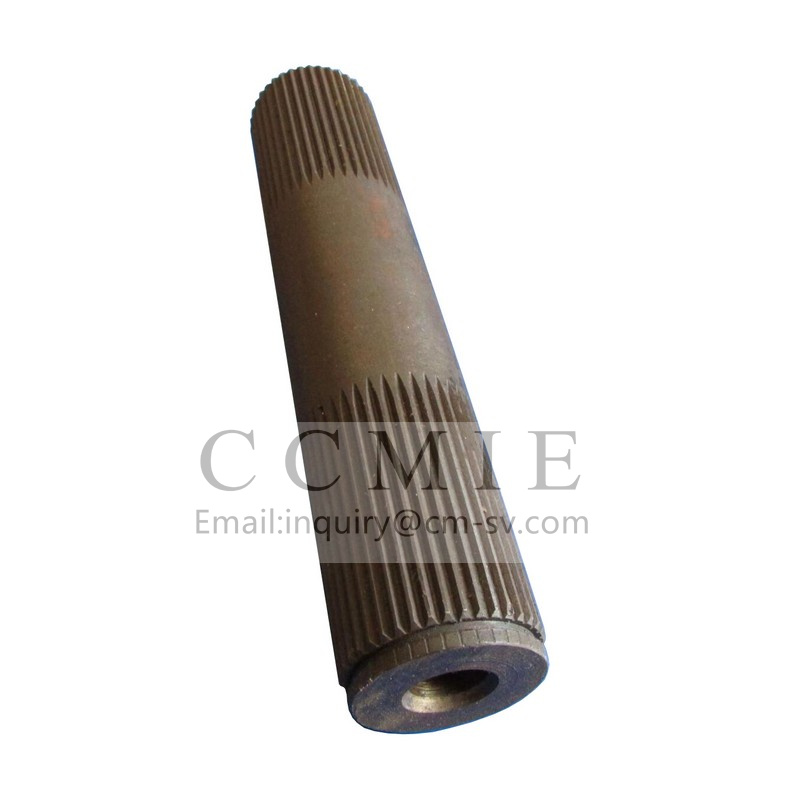We can supply most of the Chinese brand. SHANTUI Motor Grader SG16 Driver shaft,SHANTUI Motor Grader SG14 Driver shaft, SHANTUI Motor Grader SG18 Driver shaft, SHANTUI Motor Grader SG21 Driver shaft, SHANTUI Motor Grader SG24 Driver shaft,XCMG Motor Grader GR100 Driver shaft,XCMG Motor Grader GR135 Driver shaft,XCMG Motor Grader GR165 Driver shaft,XCMG Motor Grader GR180 Driver shaft , XCMG Motor Grader GR215 Driver shaft ,SEM Motor Grader SEM919 Driver shaft,SEM Motor Grader SEM921 Driver shaft, SEM Motor Grader SEM917 Driver shaft, LIUGONG Motor Grader 4156 Driver shaft,LIUGONG Motor Grader 4180 Driver shaft,LIUGONG Motor Grader 4200 Driver shaft,LIUGONG Motor Grader 4215 Driver shaft,SANY Motor Grader STG190 Driver shaft,SANY Motor Grader STG210 Driver shaft,SANY Motor Grader STG170 Driver shaft, XGMA Motor Grader XZ8165 Driver shaft, XGMA Motor Grader XZ8180 Driver shaft, XGMA Motor Grader XZ8200 Driver shaft

